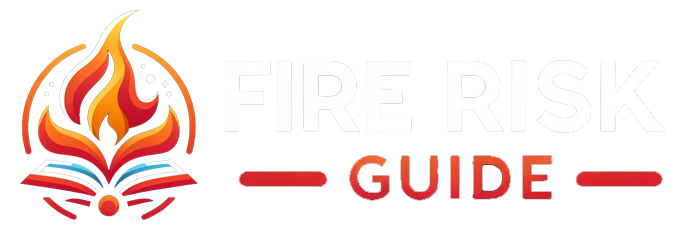Fire safety is a critical topic that affects everyone, whether in the workplace, at home, or in public spaces. Understanding the potential dangers of built-in fire systems and the importance of proper fire safety measures is essential for preventing and mitigating the devastating effects of fires. In this article, we will explore the significance of fire safety in relation to built-in fire systems and provide valuable insights and strategies to ensure the safety and wellbeing of individuals and properties.
Built-in fire systems, consisting of fire alarms, sprinklers, fire extinguishers, and other fire suppression equipment, play a crucial role in the overall fire safety of a building. These systems are designed to detect fires, alert occupants, and suppress the fire in its early stages. While built-in fire systems are essential components of a comprehensive fire safety plan, it is important to recognize that they are not infallible. Regular maintenance and proper usage of these systems are imperative to ensure their effectiveness during a fire emergency.
One of the most critical aspects of fire safety is fire prevention. It is essential for individuals and organizations to implement proactive measures to reduce the likelihood of a fire occurring. This includes proper storage and handling of flammable materials, regular maintenance of electrical systems and appliances, and adherence to fire codes and regulations. Additionally, the establishment of clear evacuation plans and regular training on fire safety procedures are essential components of fire prevention.
In the event of a fire, swift and decisive action is crucial to ensure the safety of occupants and the preservation of property. The proper functioning of built-in fire systems is essential in this regard. Fire alarms should be tested regularly to ensure they are operational, and occupants should be familiar with the sound and response protocol. In addition, fire sprinkler systems should be inspected and maintained to ensure they can effectively suppress a fire when activated.
Properly functioning fire extinguishers are also essential for on-the-spot fire suppression. Employees and residents should be trained on the proper usage of fire extinguishers and know the location of these devices within the building. It is important to note that fire extinguishers are only effective for small, contained fires. In the event of a larger fire, occupants should evacuate the building and alert emergency services.
Another critical aspect of fire safety is the maintenance and upkeep of building infrastructure. It is imperative for building owners and managers to ensure that fire exits are unobstructed, properly marked, and well-lit. Additionally, the structural integrity of the building, including fire-rated walls and doors, should be regularly inspected to ensure they can withstand a fire and prevent its spread.
Furthermore, fire safety education and training are essential for all individuals, whether they are employees, residents, or visitors. Regular fire drills should be conducted to familiarize occupants with evacuation procedures and to test the effectiveness of built-in fire systems. Fire safety training should also cover topics such as the identification of fire hazards, the proper usage of fire suppression equipment, and the importance of maintaining a clear and unobstructed path to exits.
In conclusion, fire safety is a critical concern for all individuals and organizations. Properly functioning built-in fire systems are essential components of a comprehensive fire safety plan, but their effectiveness is contingent on regular maintenance, proactive fire prevention measures, and well-trained occupants. By prioritizing fire safety and implementing the necessary strategies and protocols, we can mitigate the devastating effects of fires and ensure the safety and wellbeing of everyone in our communities. Remember, when it comes to fire safety, prevention is always better than cure.

Leave a Reply